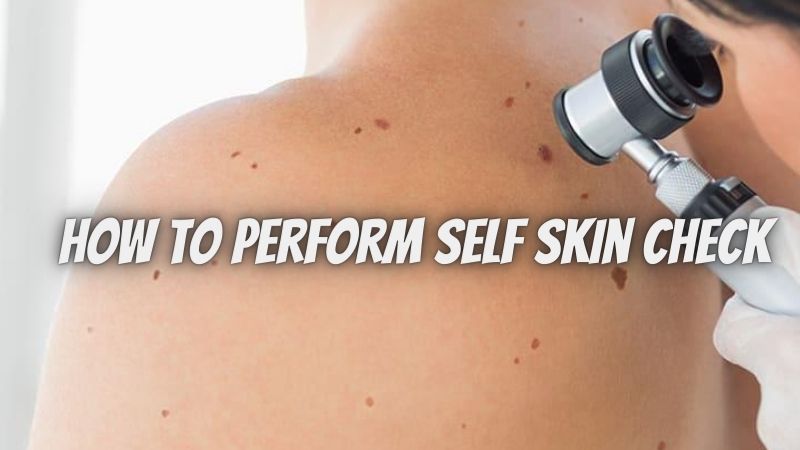Skin cancer is one of the leading cancer types in America, with more than two million people suffering from it each year. It can be difficult to know if you are at risk for skin cancers and even harder to know when it’s time to see a doctor. This blog post will explore the do’s and don’ts of self skin check so that you have all the resources available to make an informed decision about your health and also guide you when to visit specialists like Sundoctors.
The Do’s Of Self Skin Check Include:
– Always perform a thorough head to toe examination
– Be diligent and examine all areas of the skin
– Document any changes or abnormalities to your dermatologist
– Always use light pressure to feel for any abnormalities
– Examine your skin every day, even if you have no signs or symptoms of anything being wrong.
The Don’ts Of Self Skin Check Includes:
– Using too much pressure on the body when examining it, which can lead to false results in some instances. Gently touch different parts of your body with light pressure to feel for small bumps, lesions or other abnormalities.
– Examining areas of skin that are not easily accessible, such as in the mouth and throat.
– Using a magnifying glass to examine your body because this can lead to false positives if you are just looking for an area on which to focus during your examination.
– Not examining areas of skin where there is hair or sweat glands, such as in the mouth and in the genital area.
– Not examining areas of skin where there are folds, which can make it difficult to detect changes in your skin or anything that may be abnormal about it.
## Guidelines For Performing Self Skin Check
These are some important guidelines for performing both physical examination of the body at home, or in person with a qualified medical professional:
– Examine yourself using mirrors if possible so you can see all areas where there may be changes in coloration, texture, discoloration or anomalies. You may notice something that others might not be able to see just by looking at you because they don’t have access to other angles.
– Perform visual inspection first before touching anything on your body—especially if it’s an area where bacteria commonly reside such as the genitalia and anus.
– Don’t use fingernails to perform a self skin examination as they can cause cuts or scrapes on the skin, which may lead to infection.
– Perform your exam in front of a mirror if possible so you’re not having to move about all over the place—this will give you an opportunity to see what’s going on with your backside when it is not being seen by someone else who might be examining you during this process.
– When performing a facial self exam, make sure that there are no obstructions such as glasses, hair or anything else that would block out areas where abnormalities could occur like smaller parts of the neck and face area; some health care professionals recommend removing makeup before a skin exam.
– When examining the scalp, be sure to check for any bumps or lumps that could be a sign of cancerous growths; use your fingers and not nails as they can cause scrapes and cuts on this sensitive area which in turn would lead to infection.
